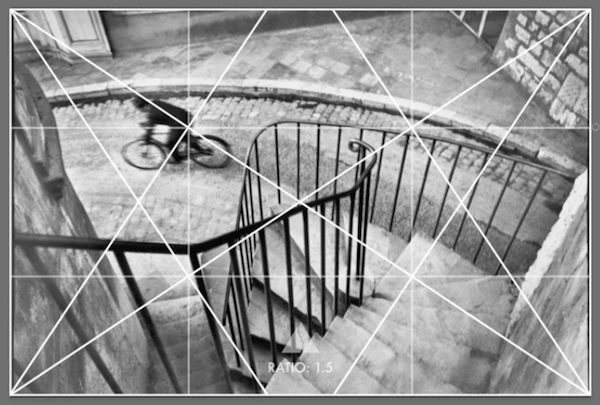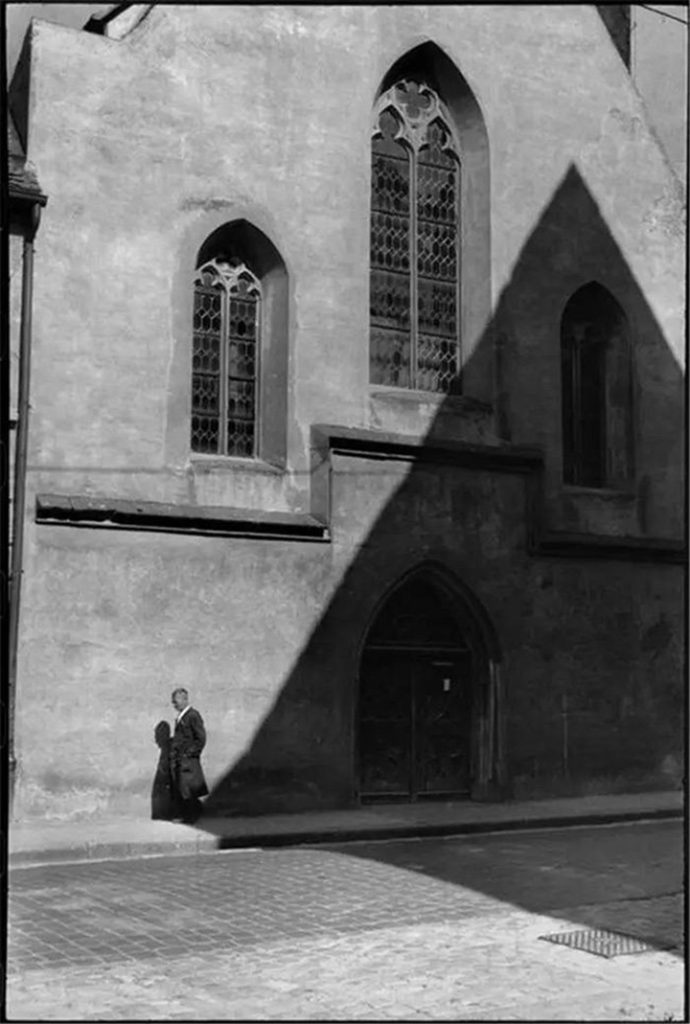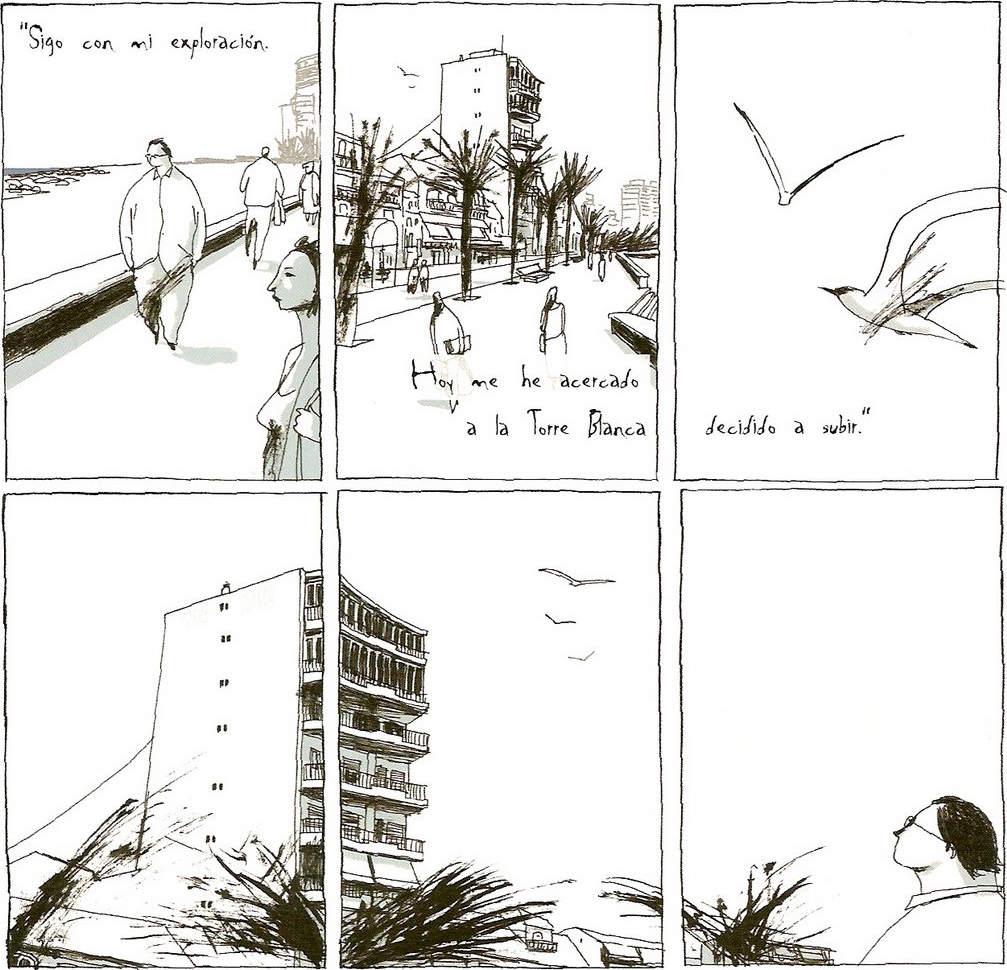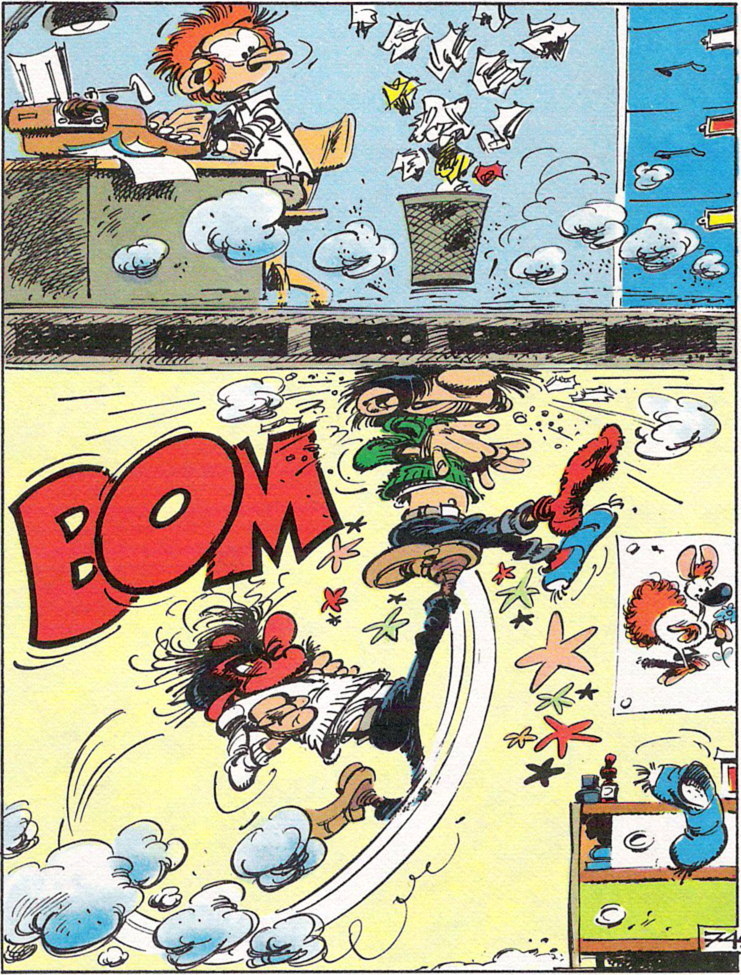Directing the Eye
Composition in Visual Storytelling
How the eyes read an image depends on what is depicted and how all part relate to the whole picture. In the visual arts this assembled piece is called ‘composition’ (derived from the Latin ‘compositus’; merging), in the film it is called a ‘mise-en-scène’ (derived from French; ‘placing in the scene’).
In composition geometrical structures play an important guiding role. Compositional influencers or geometric shapes can be based on lines or combinations of lines that are actually there, lines that are suggested (See the Gestalt Law of the Filled in Gap or Continuation) or felt, or lines that we anticipate or expect from experience. The use of these structures, even if we do not perceive them as such, can have a tangible impact on an image and how it’s read.
The French humanist photographer Henri Cartier-Bresson (1908-2004), a master of candid photography, was also a master in composition. His photographs are a great example on how geometrics can set your eyes in motion, lead you through an image revealing a story in a decisive moment.



Henri Cartier-Bresson (1908 – 2004). (Analyses done by Michael Zhang from PetaPixel.)
Lines and geometric shape guide our eye, but in addition there are acquired, social and cultural factors that determine how we read and understand an image.
The (congenital) properties of the visual system (like examples discussed in the Gestalt Law blog series), experiences, expectations, but also motivation, the possibility of reward and other social necessities are factors that determine what guides our attention.
For humans as a social being it is necessary to be able to quickly distinguish enemy from ally and to properly assess social situations. Faces and facial expressions are important so faces attract our attention.
Man naturally looks at the person who speaks or looks at what others look at. The viewing direction of one of the people in an image can feel like a line and influence the eye movement of the viewer.
This focus on human behaviour can play with or overrule geometrical shapes that would otherwise have a leading role in the composition. There is even a part of our brain that focuses entirely on faces (that is why we see faces in so many things).
Every Frame a Painting
Ensemble Staging — a style of filmmaking that directs the audience exactly where to look, without ever seeming to do so at all.



Pareidolia: seeing faces in objects.

Pablo Auladell, La Torre Blanca (2010)
In this example, a page from Pablo Auladell’s La Torre Blanca (2010), the reading direction sends us to the gaze of the figure bottom right. But then we follow his gaze back to the beach scene as if we travel, with him, back in time reminiscing days gone by…

André Franquin, Gaston Lagaffe (1957-1997).
The gaze of Gaston’s colleague send the attention via the kick-direction back to the bin (and the free space underneath).
This is the first in a series posts or articles on Composition. In earlier post I discussed Gestalt and Visual search tips and tricks for visual storytelling and graphic communication in my get-into-details research.
If you think you’ve got these you might want to check out the upcoming series on priming, details in composition and their effects on the main story ingredients; character setting and plot.
Curious on why I got into this topic check out my earlier post or articles: